Salsa dancing is one of the most popular dance genres in the United States. It’s popularity has continued to grow in the last three decades since it originated in the 1970’s. Part of the reason for its ongoing popularity is American’s love for contemporary Latin style music and the plethora of Latin dance venues that offer salsa, bachata and merengue music for dancers.

San Diego, California is home to large number of Latin dance venues and dancers that enjoy all forms of Latin style music and dancing, especially the salsa. Salsa dancers have a choice every night of the week for either live music or deejays that play the most popular Club Latin dance selections. There are a considerable number of dance studios in San Diego that offer salsa dance lessons in group classes, private lessons and practice salsa dance parties too.
In this article, I will discuss a short history of the salsa dance genre, suggest some salsa dance venues, discuss a few things about salsa timing/rhythm and elucidate some things to consider if you are thinking about taking salsa dance lessons.
The salsa dance genre has an interesting history, which I will summarize here since we cover more of the history on our salsa dance page. The salsa dance evolved from a couple of other Latin dances including the mambo and cha cha. The mambo started in the 1940’s when American’s were exposed to music from many different countries like samba from Brazil and tango from Argentina. Mambo developed from Afro-Cuban rhythm in Cuba and quickly spread across Mexico and the United States. In time a triple step was added to fit some of the music in the late 1940’s & early 1950’s creating the cha cha. Many people enjoyed the cha cha with its triple step and slower music. Mambo was popular for decades but eventually, the next generation mambo began to emerge, the salsa.

The salsa dance is a more fluid than mambo with a softer rocking action, smoother transitions and more of a rolling action, whereas mambo is staccato and has a strong breaking action on the rock steps. Salsa music is also smoother and uses more a seamless sound unlike mambo music with its distinct stops and starts. Salsa dance movements in its contemporary form moves forward and back but also circular, traveling and uses many common arm movements to other dance genres like swing and hustle. Salsa might be considered a living dance because it evolves with contemporary Latin pop and rock music plus it has regional differences like breaking on count one or on count two, sometimes called salsa on two. While there is a rock on count two like mambo, this form is still considerably different than the mambo rhythm. The salsa dancers often seem to be dancing somewhat flat footed but generally the best dancers use a peeling action and engage the ankles, knees and hips like other Latin dances including rumba, cha cha, merengue, bachata and bolero.
Salsa dance performance videos:
- SalsaTeam at Southwestern College (choreography MaryBeth Hughes)
- Salsa Performance (Yvonne & Jose Bello)
- Salsa Performance (Hae Ran Chung & Lucky Pahl)
Salsa dancing can be found every night of the week in San Diego. Here are a few suggestions for places to dance salsa in San Diego!
Latin Club Venues in San Diego:
- La Jolla Marriot in La Jolla, CA
- Sevilla Night Club in the Gaslamp Quarter, San Diego
- Tio Leos, Baypark, San Diego
- Queen Bees, North Park, San Diego
There are also a few dance studios that offer salsa dance lessons including group dance classes, private lessons and practice parties in San Diego, California. Most of the studios that offer social partner dance lessons will offer some basic salsa.
- Pattie Wells’ Dancetime
- Dance For 2
- Champion Ballroom
- Starlight Dance Studio
- Synergy Dance Zone
- Infinity Dance Sport Center
Pattie Wells’ Dancetime specializes in the club Latin dances including salsa, merengue and bachata.We offer a comprehensive team of club Latin dance instructors including Jose Bello, Pattie Wells and Walter Meneses.
Also, some of the local community colleges offer semester courses in salsa dancing. MaryBeth Hughes has taught and continues to teach many of the salsa dance classes at the local colleges. One of the best programs is at Southwestern College.
There are also a few salsa teams locally including Majesty in Motion with teacher David and Jennifer Stein and Positive Energy with Michael John Saltus.
Salsa, merengue and bachata dancing are probably the most popular social partner dance genres in the United States currently and it appears they will continue to flourish for a long time in the future. I recommend these fabulous dance genres since they are a combination of sensual, expressive, artistic and energetic, a great way to get more fun, fitness and friends! The Salsa has been going strong for four decades and continues to thrive. It has spread across the U.S and the globe.


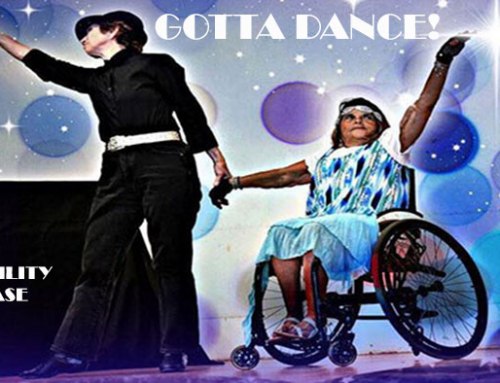
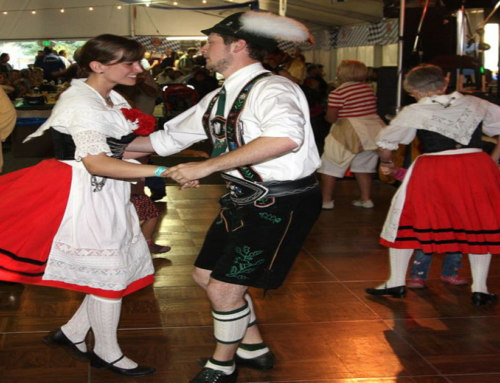
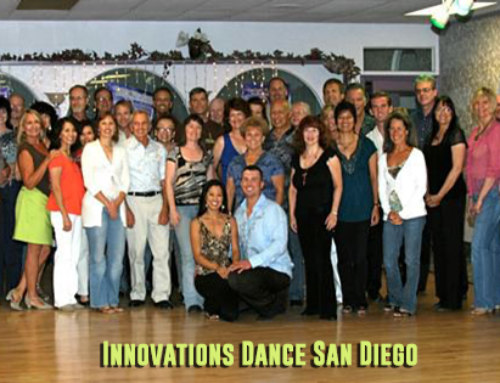
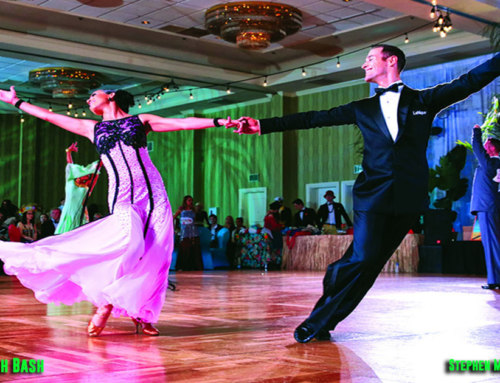
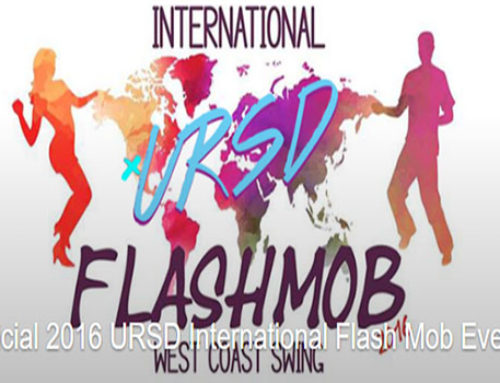
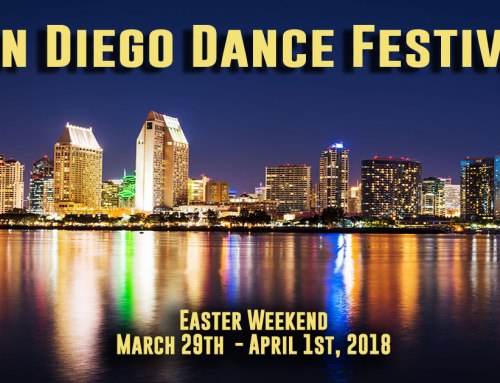
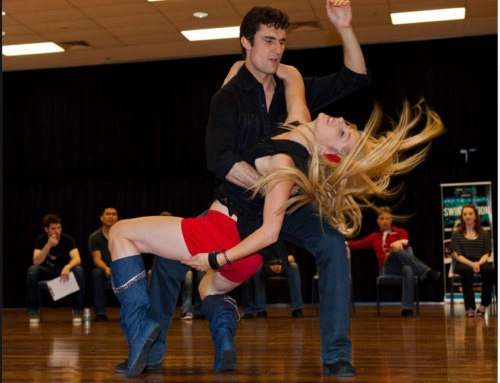
Leave A Comment
You must be logged in to post a comment.